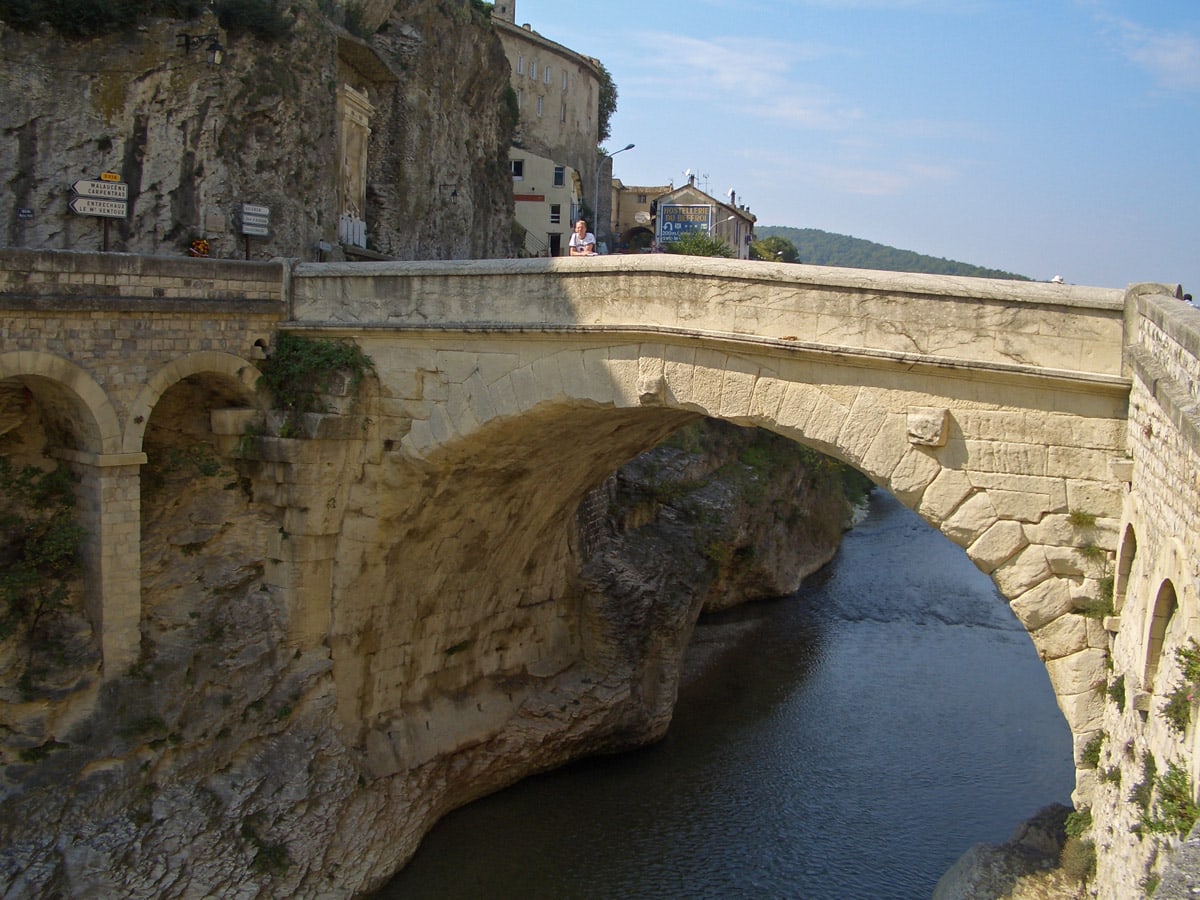Wondermondo 🢖 World 🢖 Wonders of Europe 🢖 Wonders of France 🢖 Wonders of Provence-Alpes-Côte d’Azur
Territory
Wonders of Provence-Alpes-Côte d’Azur
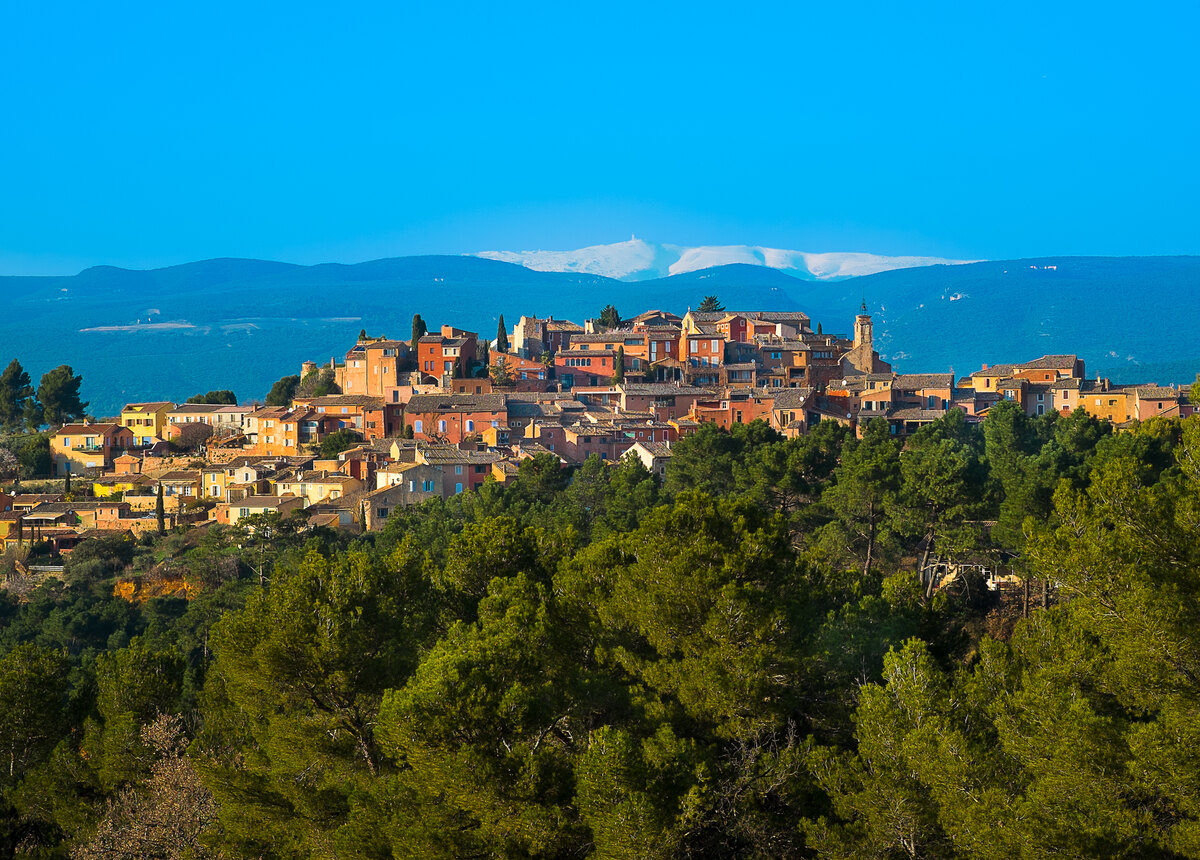
 Highlights
Highlights
This region of France is very rich both with natural and man-made landmarks. Most outstanding are the monuments of urban planning. In the region are hundreds of amazing ancient villages and towns, such as Avignon walled city, Moustiers-Sainte-Marie, and many others.
Avignon City is especially rich with valuable cultural heritage – the city served as the residence of the pope from 1309 to 1423.
Outstanding natural monuments include the incredible Fontaine-de-Vaucluse – one of the most powerful springs in the world and up to 700 m deep Verdon Gorge.
Map with the described wonders
If you see this after your page is loaded completely, leafletJS files are missing.
 Top 25 wonders of Provence-Alpes-Côte d’Azur
Top 25 wonders of Provence-Alpes-Côte d’Azur
Geological wonders
Verdon Gorge
Up to 700 m deep canyon, about 25 km long. Verdon here has unusual green-blue color, thus together with the white limestone, it creates a beautiful landscape.
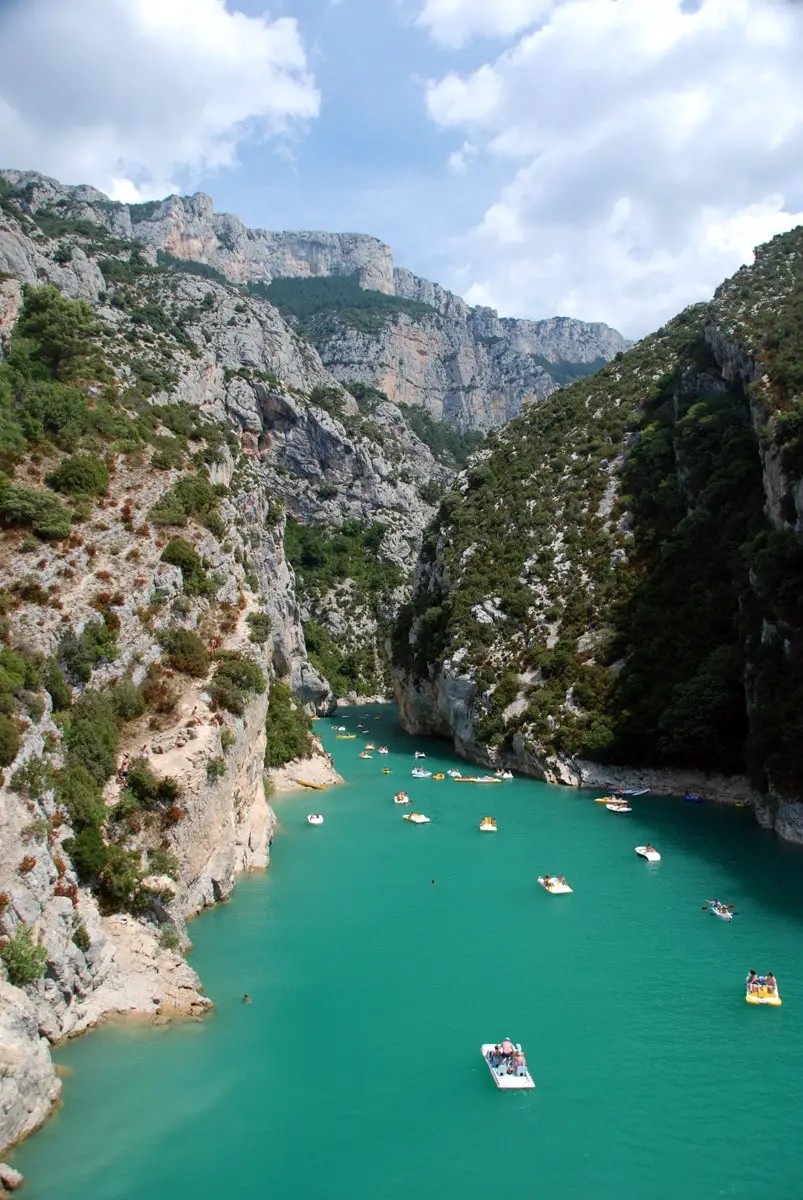
Fontaine-de-Vaucluse (Vaucluse Spring)
Very powerful spring at the foot of a 230 m high cliff. Average discharge – 22,000 l/s, at snow melts – 110,000 l/s – thus it is one of the most powerful springs in the world. Dived up to 308 m depth. Source of Sorgue river.
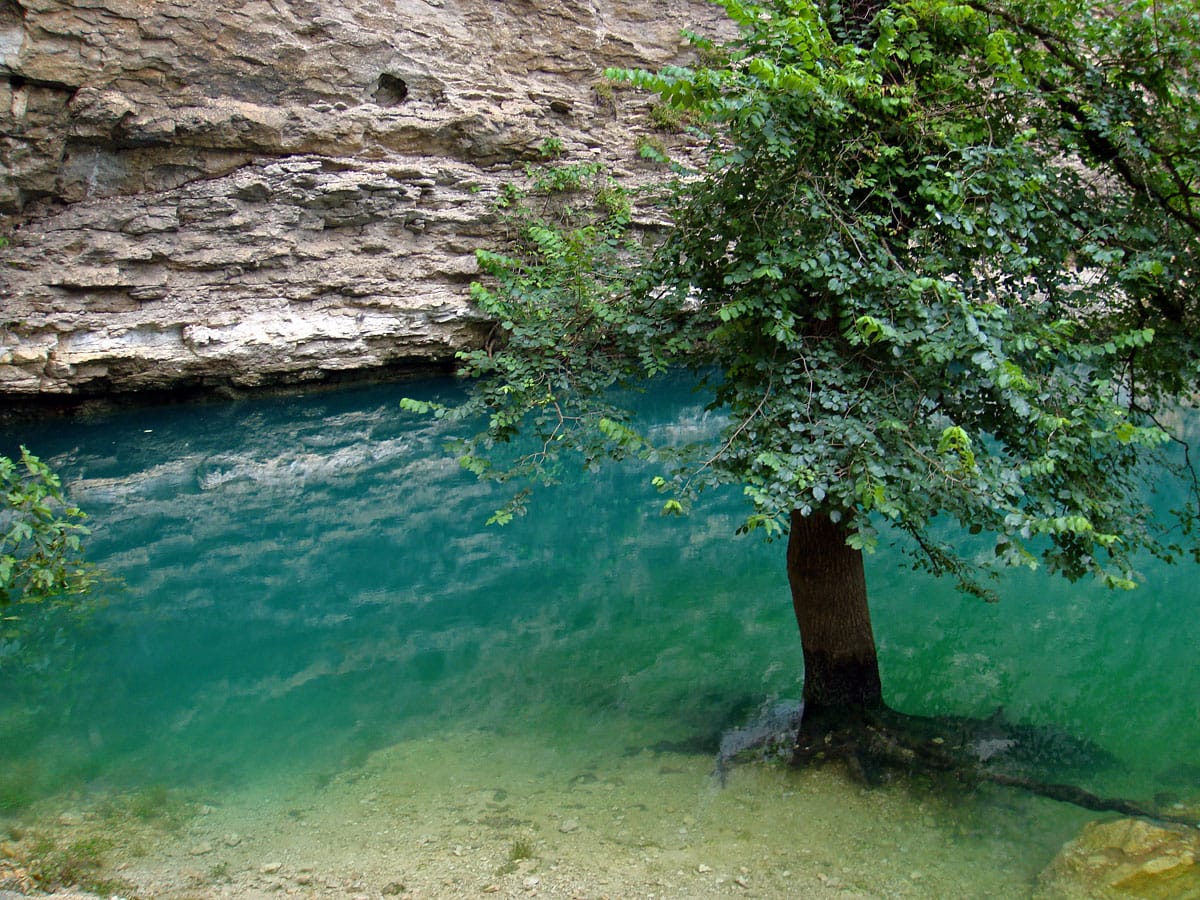
Archaeological wonders
Cosquer Cave (Grotte Cosquer)
Cave with Palaeolithic paintings. The entrance in this cave is located 37 meters under sea level and most of the art has been destroyed by the sea. Nevertheless, some 150 paintings remain. Part of these drawings is 27,000 years old and part is 19,000 years old.
Arles Amphitheatre
Well-preserved Roman amphitheater, 136 m long and 109 m wide. It was constructed in the 1st century BC, capable of seating up to 20,000 spectators. In medieval times it was used as a shelter and built up, turning it into a fortress.
Pont romain de Vaison-la-Romaine
An impressive, Roman-built bridge with a single span (17,20 m). Constructed in the 1st century AD, still in use.
Ancient theatre of Orange
One of the best preserved Roman theatres. Theatre was built in Roman colony Arausio. It was established 40 BC and closed in 391 AD. Now this grandiose building is used for opera festivals and similar events.
Pont Julien
Well preserved, 85 m long Roman bridge with three arches. Built with high precision without mortar in 3 BC.
Architecture wonders
Aigues-Mortes
Fortified medieval town with very impressive, well-preserved walls. These 1,650 m long walls were built mostly in the 13th century.
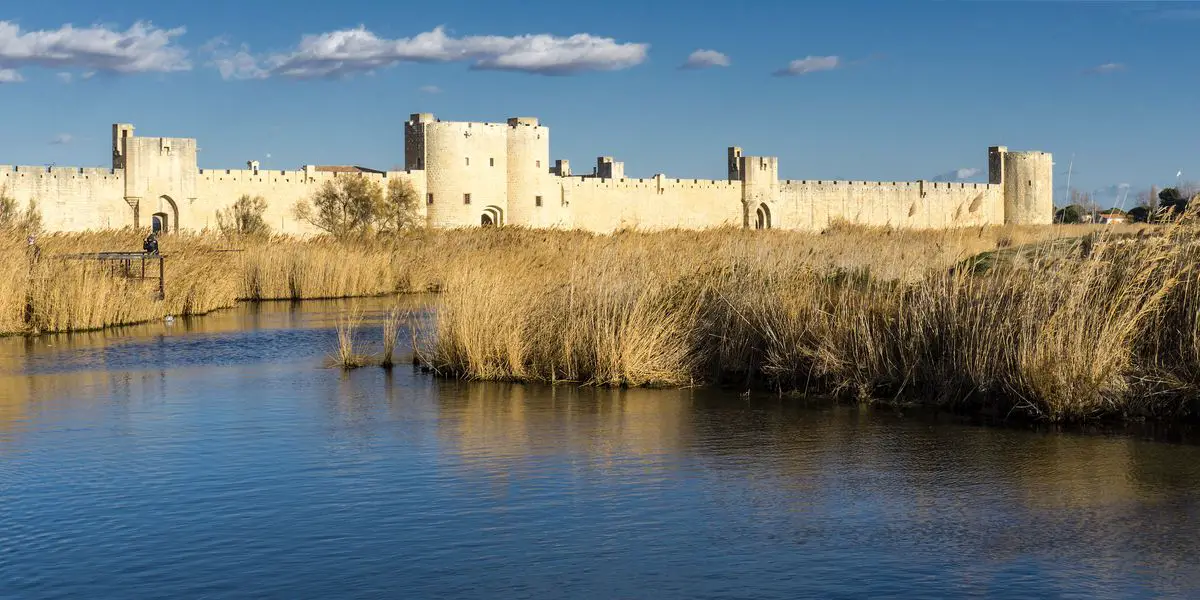
Lerins Abbey (Lérins Abbey)
A large, fortified Cistercian monastery on an island, active since the 5th century. It is one of the centers of development for Western European monasticism. The oldest buildings date from around 1073.
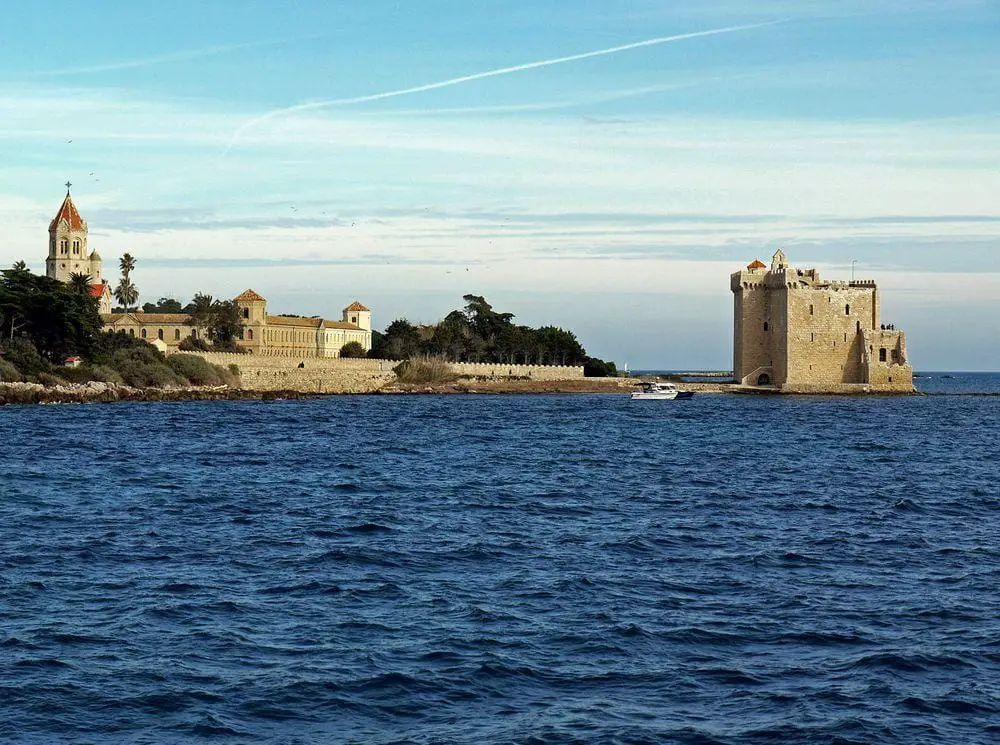
Palais Longchamp
A large and sumptuous museum building, built in 1839 – 1869. Museum houses art and natural history collections. Surrounded by a beautiful park with fountains and artificial waterfalls.
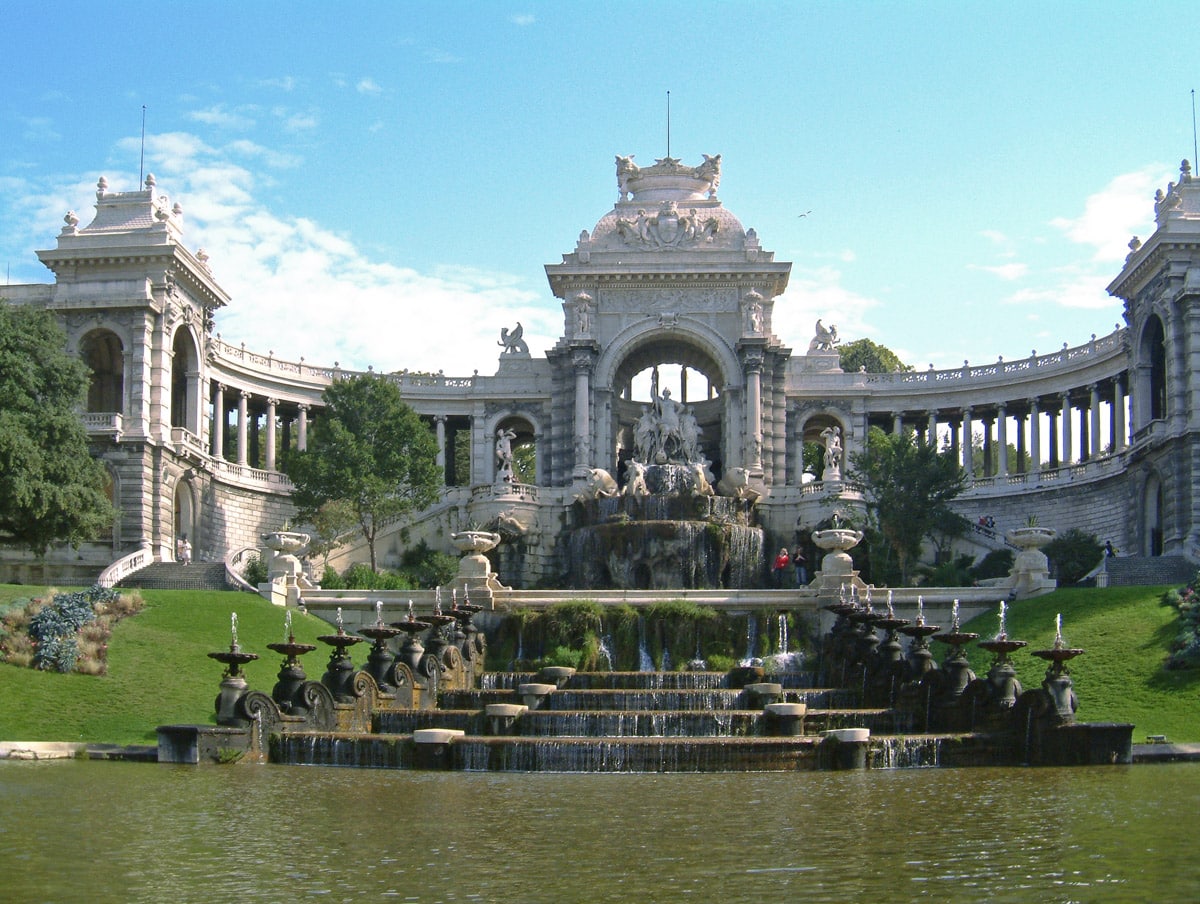
Palais des Papes, Avignon
An enormous castle above Avignon. The largest Gothic palace in Europe. Residence of Popes in the time when they were located here, in Avignon. Walls are up to 5.5 m thick. Palace basically consists of many linked towers. This building was almost prohibitively expensive and here was used most of the income of the papacy in this period. Adorned with valuable frescoes.
Château d’If
Legendary fortress on a small island in the Bay of Marseille. Constructed in 1524 – 1531. Used as a prison since the 16th century.
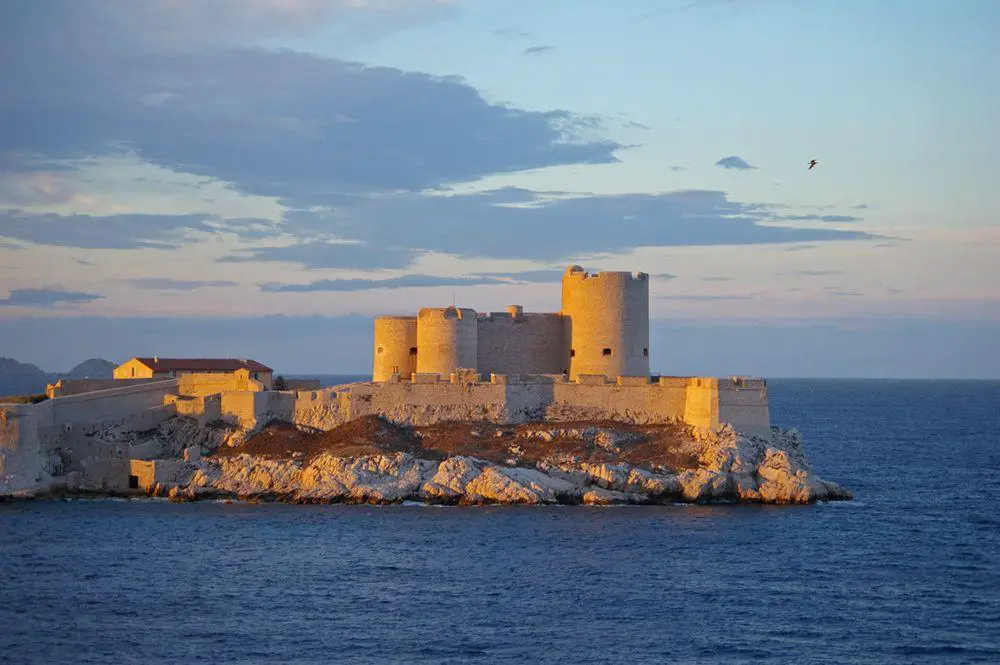
Avignon walled city
The medieval center of a once very important city, surrounded by well-preserved city walls. Walls were built in papal times – in 1349 – 1368, are 4,330 m long, 8 m high and have 35 large towers and 50 smaller towers. In this time period, Avignon was one of the main cities in Europe and underwent fast development.
Musée du Petit Palais, Avignon
This museum houses a valuable collection of Renaissance paintings of Avignon school and other areas. Petit Palais is city palace. The construction of this palace started in 1314. The Renaissance-style facade was added in the 15th century.
Saint-Maximin-la-Sainte-Baume Basilica of Mary Magdalene
This Gothic church was built to keep the relics of Mary Magdalene. In the crypt of Saint-Maximin in 1279 was discovered a sarcophagus of Mary Magdalene. This diverted the flow of pilgrims from Vézelay (Burgundy) to here. The basilica was constructed in 1295 – 1532. It houses the Gallo-Romanic funerary monument from the 4th century (purported relics of Mary Magdalene). The church, especially its facade, is not finished.
Roussillon
Gorgeous hilltop town with many medieval buildings.
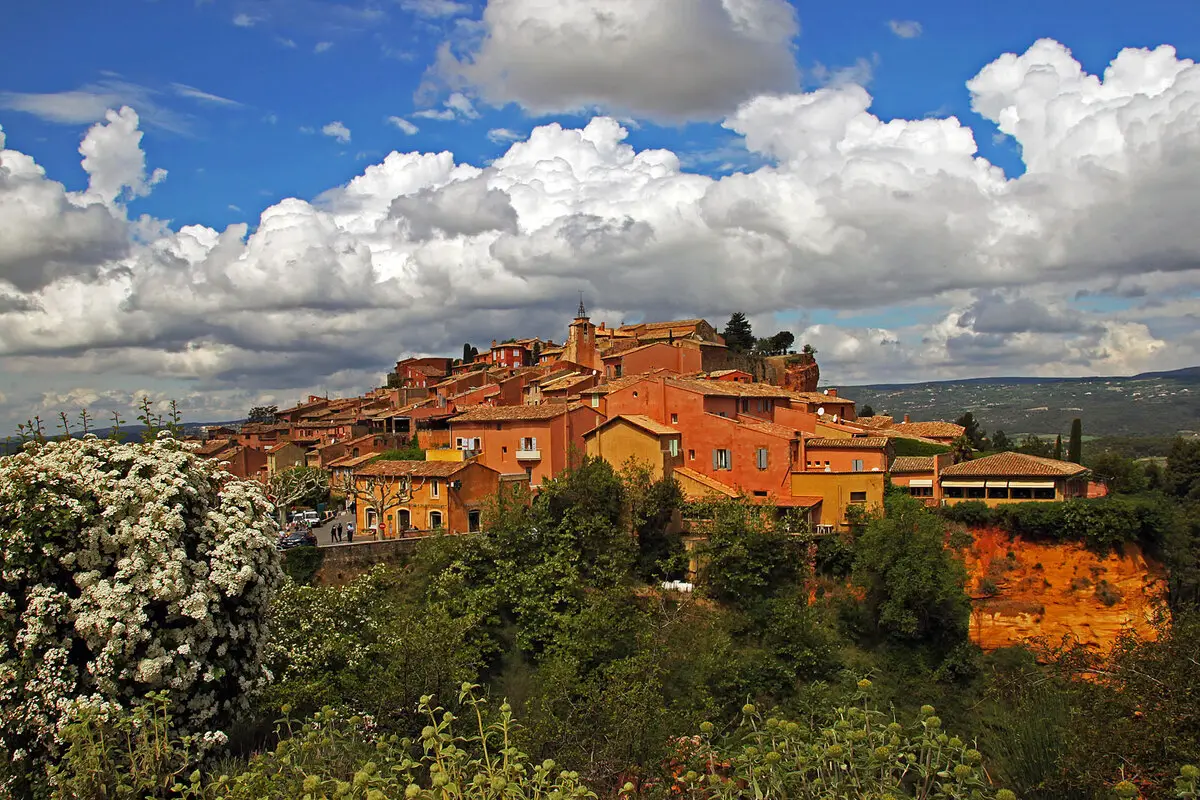
St.Victor church, Marseille
Church of St.Victor Abbey – one of the oldest monasteries in France, established in 415, and rebuilt in the first half of the 11th century. Church was built in 1040, and rebuilt in 1200. It is located over the Hellenic burial ground.
Sénanque Abbey
Cistercian abbey, founded in 1148. Abbey church is a good representative of the Romanesque style, it was built in 1178. Other buildings have been preserved extremely well as well.
Château de l’Empéri
Large, well-preserved 9th-century castle. Served as a residence of archbishops of Arles and Holy Roman emperors. The biggest castle in Provence in the 12th – 13th centuries.
La vieille charité, Marseille
Almshouse, built in Baroque style in 1671 – 1749. Designed by Pierre Puget. This large complex of buildings was a working camp – an almshouse – for the poor.
St. Agricol church, Avignon
An old cathedral that was built over the ruins of an even older church in the 10th century AD. Largely extended in Gothic style from 1321, renovated in the 15th century, in 1746 was added the fourth floor.
Mont-Dauphin
A small town within star fort, located in an impressive natural setting in Alpes. Fortifications were built by Vauban in the second half of the 17th century.
Village des Bories
This village consists of 28 drystone huts – agricultural outhouses. It has been abandoned for a long time but is a very interesting monument of urban planning.
Aix Cathedral
This large cathedral was built over a long time period and includes many styles of architecture. It was constructed on the site of the Roman forum. The current structure was built mainly in the 12th and 19th centuries in Romanesque, Gothic, and Neo-Gothic styles. Includes parts from the 6th-century church with details of a Roman temple (1st century AD). Here are many important works of art.
Briançon old city and fortress
Fortified upper town of the town, surrounded by the 17th-century fortress, built by Vauban.
 Recommended books
Recommended books
Provence and the Cote d’Azur
Take a journey through the dreamiest regions of France: the enchanting villages of Provence and the magnificent coastline of the Côte d’Azur. From the author of Paris, this gorgeous lifestyle guide steers readers away from crowded tourist destinations to reveal hidden gems at every turn: overflowing markets, chic ateliers, quaint cafés, cobblestone streets, sweeping vistas, and exceptional galleries. The accessible writing provides history and context for each stop on the adventure, and the vibrant, color-soaked photographs capture the spirit of this popular place.
DK Eyewitness Travel Guide: Provence & The Cote d’Azur
DK Eyewitness Travel Guide: Provence and the Côte d’Azur is your in-depth guide to the very best of this region in France.
Take in the most popular cities, Nice and Avignon; tour the dramatic scenery and exceptional art museums on the Côte d’Azur; explore some of France’s best-preserved Roman and medieval monuments along the banks of the River Rhône; or zigzag among the many iconic villages of Provence.

